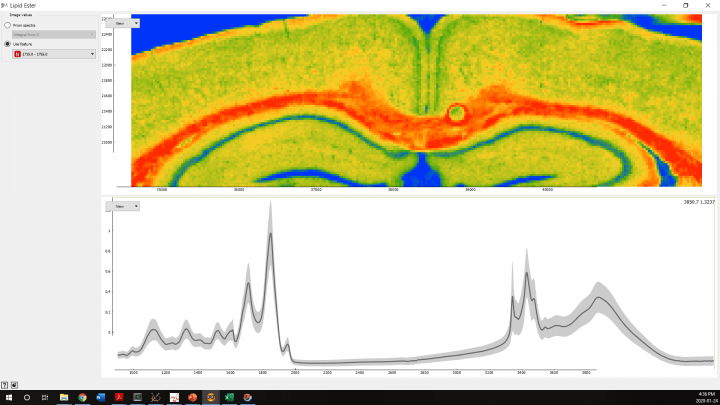Trial and error — a phrase Kelly Summers lives by.

Especially while her team progresses their research on potential drugs that could help those affected by Alzheimer’s disease.
“The idea behind these drugs is that they would target those metals in areas of the brain,” said the University of Saskatchewan chemistry PhD student.
“Where they have accumulated and try to restore the balance within the brain.”
That metal is copper.
She says in Alzheimer’s patients the levels of copper hit toxic levels forming plaques in the brain.
“It’s really striking the difference the mass or size of the brain of an Alzheimer’s patient is than a normal, healthy human brain,” she said.
U of S Geological Sciences professor and supervisor of the team, Graham George, says Kelly’s work “is paving the way for understanding how the drugs based molecules function and interact with copper.”
Currently, testing is limited to lab mice.
“This might help Alzheimer’s victims by removing some of their toxicity of the amyloid plaques,” he said.
“So, this is a promising direction and an exciting direction.”

Get weekly health news
“We are a long way off from actually treating people.”
He says copper is known as the “two-faced metal.”
It can behave in good ways and bad in all living things.
Summers says progressing their work will require collaboration between all researchers around the world.
“We are moving towards what that looks like in a biological system within the brain,” she adds. “How do they interact with copper? And how might this interaction help restore the metal balance in the brain?”
She says the outlook is promising.
She and her team leave the lab more optimistic each and every time.
According to the Alzheimer’s Society of Saskatchewan, roughly 20,000 people in Saskatchewan currently live with dementia.
That number jumps to roughly 747,000 affected people across the country, according to Alzheimer’s Association Canada.






Comments